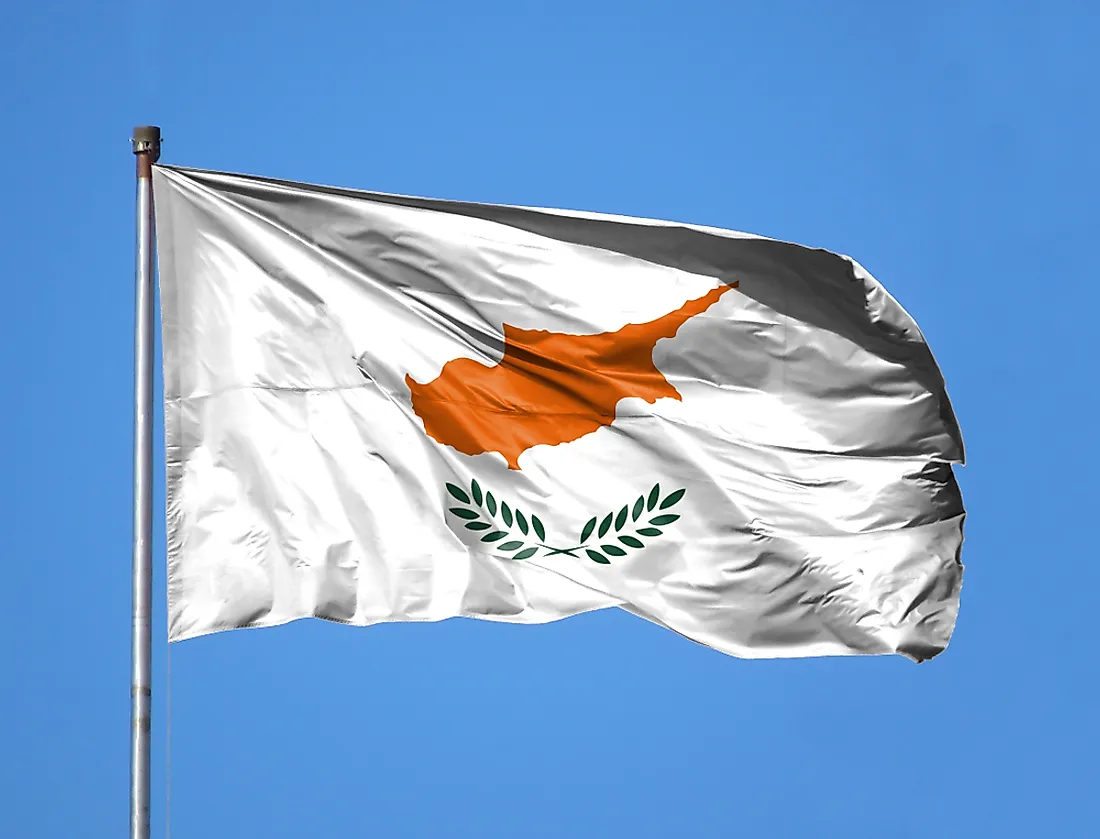When Did Cyprus Gain Independence From The UK?

The Republic of Cyprus gained independence from the UK on August 16, 1960. From the beginning, Cyprus’ independence was a thorny issue due to its ethnic composition that includes Turks and Greeks. The London and Zurich Agreements developed a constitution for an independent Cyprus after the February 19, 1959 agreement between the UK, Turkey, and Greece. According to the agreement, the UK would maintain two sovereign bases in the country whereas the ethnic groups would share government positions according to their population. At independence, this island nation was a complex political system because of the total population, 77.1% were Greek Cypriots, 18.2% were Turkish Cypriots, and other ethnicities made up 4.7%. Both Turkey and Greece felt the need to champion the interests of their people in the country even though they had guarantor status in the agreement.
Greek and Turkish Cypriots Violence
This arrangement did not last as both sides felt short changed. The agreement had given Turkish Cypriots a veto of 30% share in government. Greek Cypriots believed this share was too much and that the Turks should have had 18.2% just like their population. The respective ethnic militias soon began to mobilize and train, each with the respective support of Greece and Turkey. Greek Cypriots, with the support of Cypriot President Archbishop Makarios III, designed a new constitution which both Turkey and Turkish Cypriots rejected because it seemed to favor Greek Cypriots. On December 21, 1963, a suspected Greek Cypriot police killed two Turkish Cypriots leading to a full-scale inter communal violence that left 364 Turkish Cypriots and 174 Greek Cypriots dead. The ensuing violence left close to 30,000 Turkish Cypriots displaced and they also ceased their involvement in the country’s governance. In the end, the divisions were so extensive that UN sent in peacekeeping troops. In 1964, Turkey threatened to invade Cyprus but the US prevailed on her not to, however, Greece put 10,000 troops on a standby in case of a Turkish invasion.
Coup d'état and Turkish Invasion
On July 15, 1974, Greek military, under the leadership of Dimitrios Ioannides, carried out a coup in Cyprus in a bid to unite the island with mainland Greece. The coup ousted President Makarios and installed Nikos Sampson. On July 20 of the same year, Turkey invaded Cyprus with the aim of restoring the constitutional order of 1960. Although the UN did not agree with this decision, Turkey bombed Greek positions and landed 30,00 troops, most highly trained. An agreement for ceasefire came three days later and both Sampson and Athens regimes fell. Another government came to power and restored the constitution of 1960; however, another wave of Turkish invasion came on August 14 and within no time, they took over almost 36% of Cyprus. Many Greek Cypriots moved from their homes and territories which the Turkish Cypriots gladly occupied. In the end, the international community condemned Turkey for the invasion and the US issued an arms embargo on Turkey for using US-supplied equipment during the invasion.
Post Invasion and Division
In December 1974, Makarios III returned to power but Turkey continued to occupy the northern part of the country until 1983 when the Turkish Cypriot leader of the occupied region declared independence and the formation of the Turkish Republic of Northern Cyprus (TRNC). To date, only Turkey recognizes TRNC. In 2003, TRNC allowed border crossing between the two regions for the first time. In 2004, the then UN Secretary General Kofi Annan drafted a plan to solve the conflict. In the referendum that followed, 66% of Turkish Cypriots supported the plan while 74% of Greek Cypriots rejected the Annan Plan. In total, 66.7% of the population voted against the plan.











